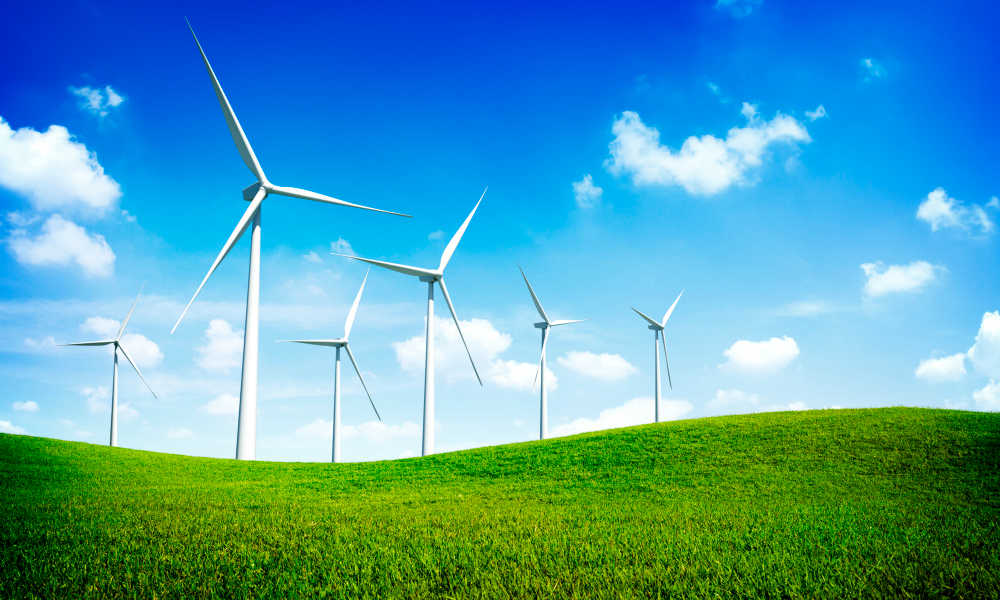As the world has become more conscious of the need to reduce carbon emissions, green energy has become a popular alternative to traditional energy sources. However, it can be difficult for consumers to navigate the complex world of green energy tariffs. It’s not always clear what green energy tariffs for your business are, how they work, and what the benefits are. That’s why we’ve created this beginner’s guide to green energy tariffs, to help you understand the basics and make informed choices about your energy usage.
In this blog post, we’ll explore the fundamentals of green energy tariffs. Whether you’re a homeowner, a renter, or a business owner, understanding green energy tariffs can help you save money on your energy bills and reduce your carbon footprint.
Understanding Green Energy Tariffs
In today’s world, where climate change is a pressing issue, people are becoming more aware of the need to reduce their carbon footprint and contribute towards a sustainable future. Green energy tariffs are an effective way to achieve this goal. This guide will explain the different types of green energy tariffs available, how they work, and what benefits they offer. Understanding green energy tariffs is essential for anyone looking to make a switch to renewable energy and make a positive impact on the environment.
Benefits of Green Energy Tariffs
Green energy tariffs are a popular choice for those seeking to reduce their carbon footprint and support the transition to renewable energy. By choosing a green energy tariff, consumers are able to support the development and generation of renewable energy sources such as wind, solar, and hydroelectric power. While the cost of green energy tariffs may be slightly higher than traditional tariffs, consumers can benefit from the peace of mind that their energy usage is supporting a sustainable future.
Another benefit of green energy tariffs is the potential for savings over time as the cost of renewable energy technologies decreases and becomes more widely adopted. By choosing a green energy tariff, consumers can contribute to the growth of renewable energy while also potentially saving money in the long run.
Types of Renewable Energy Sources
One key aspect of green energy is the use of renewable energy sources. There are several types of renewable energy sources, each with its own unique benefits. The three most common types of renewable energy sources are solar, wind, and hydro.
Solar energy is captured from the sun’s rays, while wind energy is generated by the movement of wind turbines. Hydro energy is created by harnessing the power of water, typically through the use of dams or other structures. By utilizing these types of renewable energy sources, we can help reduce our reliance on fossil fuels and move towards a greener, more sustainable future.
How to Switch to Green Energy
Switching to green energy is an important step towards reducing your carbon footprint and contributing to a more sustainable future. Making the switch may seem daunting at first, but it is simpler than you may think.
When it comes to green energy tariffs, the first thing you need to do is compare different providers and their tariffs. This will help you find the most suitable option for your energy needs and budget. You can do this easily online through comparison websites or by contacting energy providers directly. Once you have found a suitable tariff, the provider will take care of the switch for you. You do not need to worry about any disruptions to your energy supply during the switch, as this will be seamless.
Moreover, many green energy providers offer the same level of reliability and service as traditional energy providers, so you can be confident that you will not experience any drop in quality. Switching to green energy is a small step you can take towards a more sustainable future, and it is easier than you may think, so why not make the switch today?
Choosing the Right Tariff
Green energy tariffs are designed to offer you a choice of renewable energy sources, including wind, solar, hydroelectric, and biomass. When selecting a tariff, you need to consider your energy consumption, budget, and the type of renewable energy that works best for you. The tariff should be suitable for your energy needs, and the cost should be affordable over the long term.
To make the right choice, you should research different tariffs offered by various green energy suppliers and compare the prices and benefits of each. You can use online comparison tools and seek advice from experts to help you find the most suitable green energy tariff for your needs.
Understanding Energy Tariffs Jargon
As a newcomer to the world of green energy tariffs, it can be overwhelming to try to understand the jargon associated with them. However, it is important to have a clear understanding of the terminology used by suppliers to ensure that you are getting the best deal for your home or business. Here are six key terms that you need to know: standing charge, unit rate, fixed-rate tariff, variable-rate tariff, exit fees, and dual fuel. Understanding these terms will help you make informed decisions about your energy supply and ensure that you are taking steps toward a more sustainable future for you and the planet.
Calculating the Cost Savings
Calculating the cost savings of green energy tariffs is an essential step when considering a switch to renewable energy. It’s important to know how much money you can save by choosing a green energy tariff and how long it will take for the savings to offset any early termination fees or switching costs.
To calculate the cost savings, you need to compare the cost of your current energy tariff with the cost of the green energy tariff you’re considering. You can use an online energy comparison tool to get an estimate of the costs for each tariff. Keep in mind that the cost savings will vary depending on your energy usage and the specific green energy tariff you’re considering. By taking the time to calculate the cost savings, you can make an informed decision about whether a green energy tariff is right for you.
Conclusion
Green energy tariffs are a great way to reduce your carbon footprint and contribute towards a cleaner, more sustainable future. By choosing a green energy tariff, you can support renewable energy sources and make a positive impact on the environment. While it can seem overwhelming at first, this beginner’s guide has hopefully made the process of selecting a green energy tariff easier by breaking down the key information you need to know. As more and more people make the switch to green energy, we can collectively work towards a brighter, more sustainable future.











